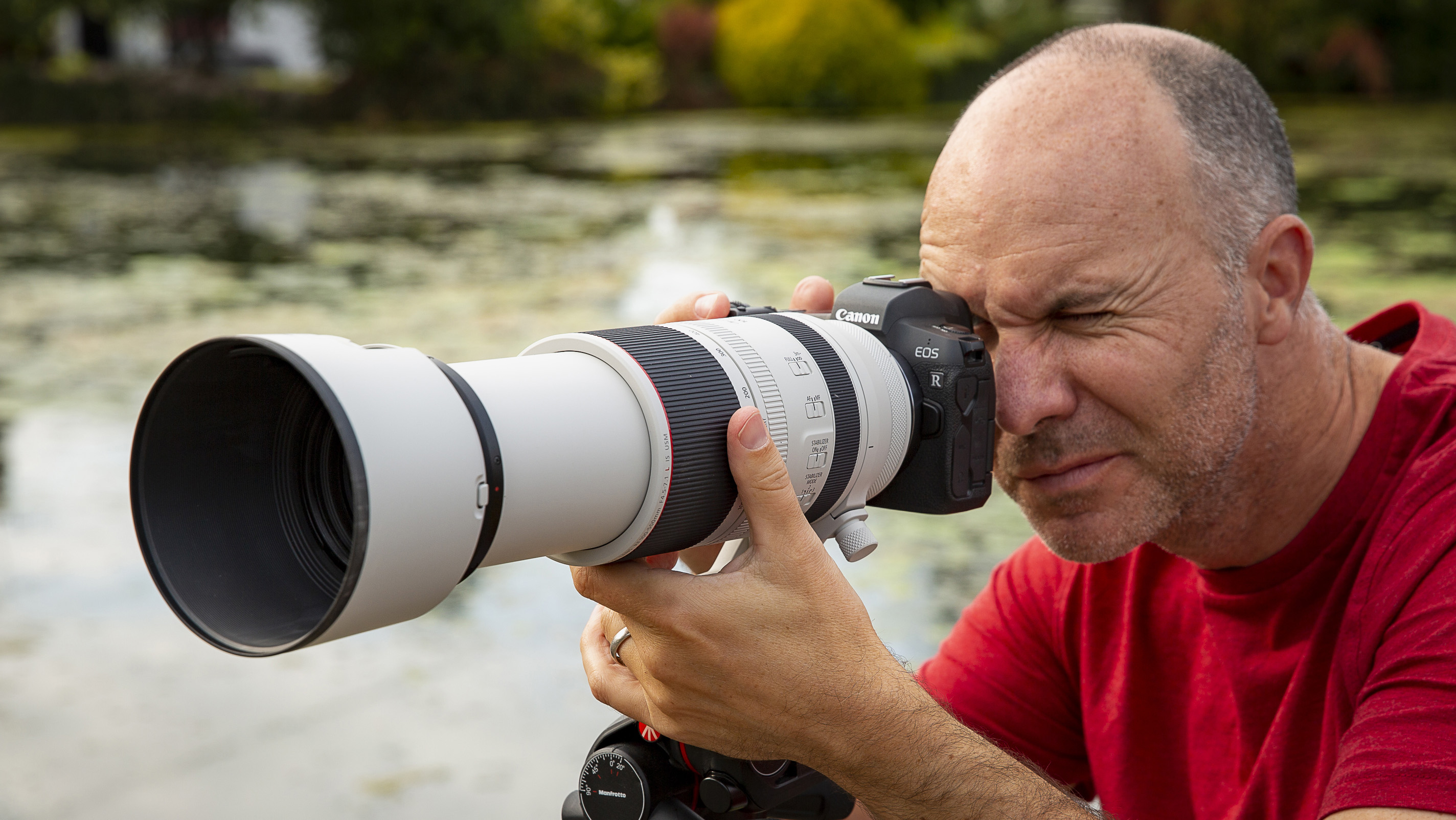Why are some Canon lenses white?
As Tokina launches white versions of several of its lenses, we ask the question: why does Canon make white lenses?

It is said that imitation is the sincerest form of flattery, and it seems Tokina is out to emulate Canon's L-series telephoto optics with the launch of new white versions of several of its existing lenses:
• Tokina atx-i 100mm WE F2.8 FF Macro (Nikon F/Canon EF)
• Tokina atx-i 11-16mm WE F2.8 CF (Nikon F/Canon EF)
• Tokina atx-i 11-20mm WE F2.8 CF (Nikon F/Canon EF)
• Tokina atx-m 11-18mm WE F2.8 E (Sony E)
Don't get too excited though. These are special editions made to order, with a three-month lead time, and only for Japanese buyers.
Canon's white lenses
More interesting to us is why some lenses are finished in white in the first place. According to Tokina (or at least Google's Japanese translation), "the 'white lens' is known as a finish that creates a sense of luxury for super-telephoto lenses" Sure, white Canon L-series lenses may have become symbols of luxury thanks to their pro-level price tags, but these lenses aren't white just for the sake of being bling.
No, the real reason for the white finish is in fact heat reflection. With super-telephoto lenses having such a long barrel, and therefore more surface area to absorb heat, painting the barrel white means there's less chance of thermal expansion. This in turn reduces the likelihood of the ultra-fine tolerances between lens elements being compromised, and helps ensure sensitive electronics - autofocus, image stabilization mechanisms - all work as intended, even when sports or wildlife photographers may expose a lens to hours of intense heat.

In this interesting article from Canon itself, Mike Burnhill, Professional Imaging Product Specialist at Canon Europe, recalls that:
"In the early 2000s, when people were shooting with the EOS-1D at the Australian Open, there were complaints about autofocusing performance, with photographers coming into the media centre saying the cameras weren't working. The cameras were tested and everything was fine, so a technician went out and sat with the photographers to monitor the temperatures on the equipment and see what impact the heat was having." Sitting in the same position, with the intense Australian sun beating down, the photographers and their kit became extremely hot. "It was like sitting on a sun lounger for a couple of hours," It was the extreme heat that was affecting the autofocus system within the lenses.
Get the Digital Camera World Newsletter
The best camera deals, reviews, product advice, and unmissable photography news, direct to your inbox!
And white Canon lenses go back a lot further than the early 2000s, with the first examples being used in the broadcast sector in 1960, and the first white SLR camera lens dating from 1976.
Interestingly, though we refer to Canon's L-series telephoto lenses being 'white', the exact hue is not pure white. Recognizing that a pure white lens could reflect light particularly harshly - and therefore dazzle other nearby photographers - Canon decided on an off-white shade - one that's been subtly tweaked over the years.

In 2018 the EF 400mm f/2.8L IS III USM and EF 600mm f/4L IS III USM received a new heat shield coating that reduces heat build-up by an additional 20%, all while resisting abrasion, discoloration, and feeling sufficiently grippy. The same treatment is now used on lenses like the RF 600mm F4 L IS USM and RF 100-500mm F4.5-7.1 L IS USM.
The need for the new, improved coating was apparently a result of Canon's drive to make lighter lenses, which are in turn more vulnerable to heat damage. Even the lens hood gets the same white treatment, but not for the same reasons as the main barrel. Canon states that if the air within the hood becomes hotter than that within the lens itself, a heat haze effect could result, compromising image quality.
Of course this does raise the question of how other lens manufacturers manage to make super-telephoto lenses perform adequately with a regular black lens barrel. One answer may be the barrel material itself, rather than the coating. Indeed, Sigma uses what it calls TSC - Thermally Stable Composite - a form of polycarbonate "with a thermal expansion rate similar to that of aluminum".
So next time you see a white lens on a camera, you'll know there's a lot more to this color choice than simply aesthetics.
Read more
The best Canon lenses
The best Canon telephoto lenses
The best 150-600mm lenses
The best 100-400mm lenses
The best 70-200mm lenses
The best lenses for travel
The best lenses for bird photography
Ben is the Imaging Labs manager, responsible for all the testing on Digital Camera World and across the entire photography portfolio at Future. Whether he's in the lab testing the sharpness of new lenses, the resolution of the latest image sensors, the zoom range of monster bridge cameras or even the latest camera phones, Ben is our go-to guy for technical insight. He's also the team's man-at-arms when it comes to camera bags, filters, memory cards, and all manner of camera accessories – his lab is a bit like the Batcave of photography! With years of experience trialling and testing kit, he's a human encyclopedia of benchmarks when it comes to recommending the best buys.

